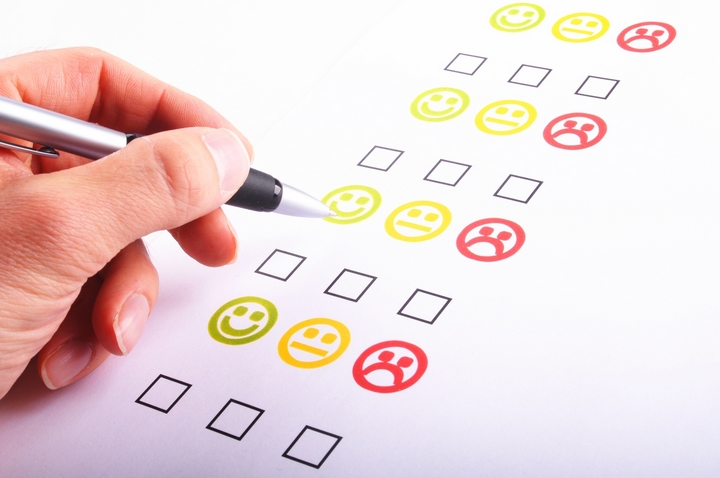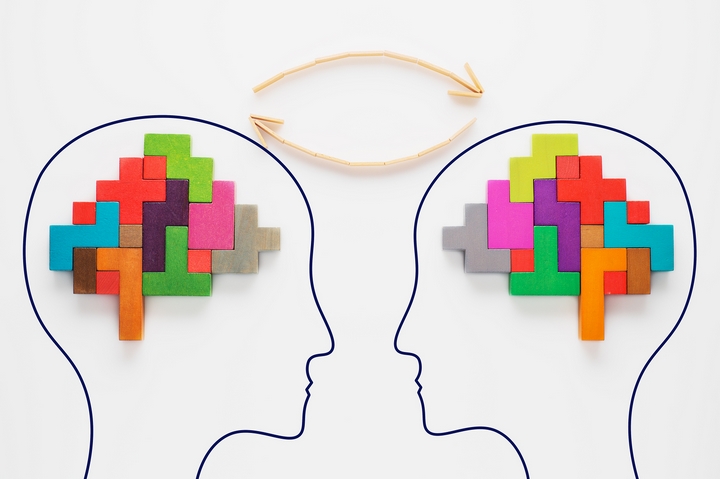The Predictive Index (PI) is a self-report measurement of adult, normal, work-related personality that was developed to use within organizational and occupational groups. The Predictive Index is used for a range of human resource purposes, including leadership development, team-building, executive on-boarding, employee selection, performance coaching, and more.
When management uses The Predictive Index, they can increase their understanding of the different characteristics and strengths of staff members. It can also help decrease turnover in staff and increase productivity and employee engagement.
1. History

The Predictive Index has been used since 1955, with minor changes made in ’58, ’63, ’88, and ’92 that improved the psychological testing properties and to make sure each of the items were up-to-date with language norms.
2. Present Day

The PI is used by more than 8000 organizations across different industries and is available in 70 different languages, including Braille. Over two million people in the world completed the Predictive Index assessment in 2013.
3. How It Works

The test uses a free-choice response format, wherein participants are given two lists of descriptive adjectives, each with 86 items, and are asked to choose those they feel describe them (the “self” domain), and then the words that they feel best describe how other people expect them to behave (the “self-concept domain).
A third implied domain, called the “synthesis” domain, sums across the two previously mentioned domain, and shows an employee’s observable behaviour at work. The test itself is untimed, and usually takes up to 10 minutes to finish. It may be administered on a computer or in pencil and paper format.
4. Dominance

This refers to the degree to which a person looks to control his or her environment. People who score high on the dominance dimension are assertive, independent, and self-confident, while people who score low are cooperative, accommodating, and agreeable.
5. Patience

This refers to the degree to which a person looks to conform to formal structure and rules. People who score high on the patience dimension are consistent, deliberate, and patient, while people who score low are urgent, intense, and fast-paced.
6. Extroversion

This refers to the degree to which a person looks for social interaction with others. People who score high on the extroversion dimension are persuasive, socially poised, and outgoing, while people who score low are urgent, intense, and fast-paced.
7. Formality

This refers to the degree to which a person looks to conform to structure and formal rules, while people who score low are casual, informal, and uninhibited.
8. The Two Secondary Personality Constructs

The test also measures two secondary constructs, which come form a combination of each of the four primary constructs.
9. Response Level

This measures a person’s overall responsiveness to the environment, which is seen this or her activity level, energy, and stamina. People who score high on the response dimension have the ability to tolerate stress and sustain activity over longer periods of time. People who score low on this area have less capacity to do so.
10. Decision-Making

This measures how a person makes decisions and processes information. People who score high on the decision-making dimension are logical, objective, and influenced primarily by data and facts. People who score low on this area are intuitive, subjective, and are primarily influenced by emotions and feelings.
In conclusion, employers can use results from the Predictive Index to find and hire the right people, build teams and develop leaders, build trust and manage transitions, create a “safety first” culture, improve productivity, and increase revenue.














